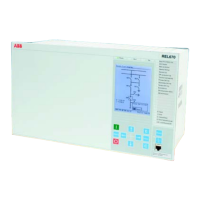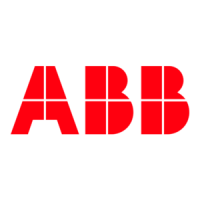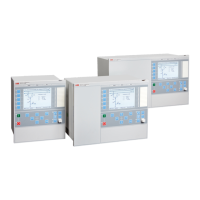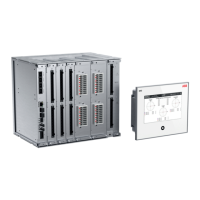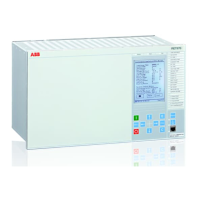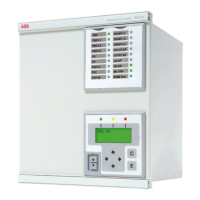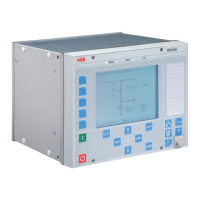3.6 Operation principle
SEMOD55028-5 v9
The direction of a measured current depends on the connection of the CT. The main
CTs are typically star connected and can be connected with the star point towards
the object or away from the object. This information must be set in the IED.
Once the CT direction settings is correctly entered the internal IED convention of
the directionality is defined as follows:
• Positive value of current or power means that the quantity has the direction
into the protected object.
• Negative value of current or power means that the quantity has the direction
out from the protected object.
For directional functions the directional conventions are defined as follows (see
Figure 2)
• Forward means the direction is into the object.
• Reverse means the direction is out from the object.
Protected Object
Line, transformer, etc
ForwardReverse
Definition of direction
for directional functions
Measured quantity is
positive when flowing
towards the object
e.g. P, Q, I
ReverseForward
Definition of direction
for directional functions
e.g. P, Q, I
Measured quantity is
positive when flowing
towards the object
Set parameter
CTStarPoint
Correct Setting is
"ToObject"
Set parameter
CTStarPoint
Correct Setting is
"FromObject"
IEC05000456 V1 EN-US
Figure 2: Internal convention of the directionality in the IED
If the settings of the primary CT is correct, that is CTStarPoint set as FromObject
or ToObject according to the plant condition, then a positive quantity always flows
towards the protected object, and a Forward direction always looks towards the
protected object.
The settings of the IED is performed in primary values. The ratios of the main CTs
and VTs are, therefore, basic data for the IED. The user has to set the rated
secondary and primary currents and voltages of the CTs and VTs to provide the
IED with their rated ratios.
1MRK 506 382-UEN A Section 3
Analog inputs
Line distance protection REL650 2.2 IEC 59
Technical manual
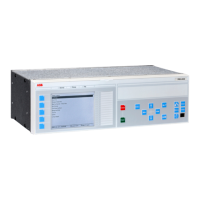
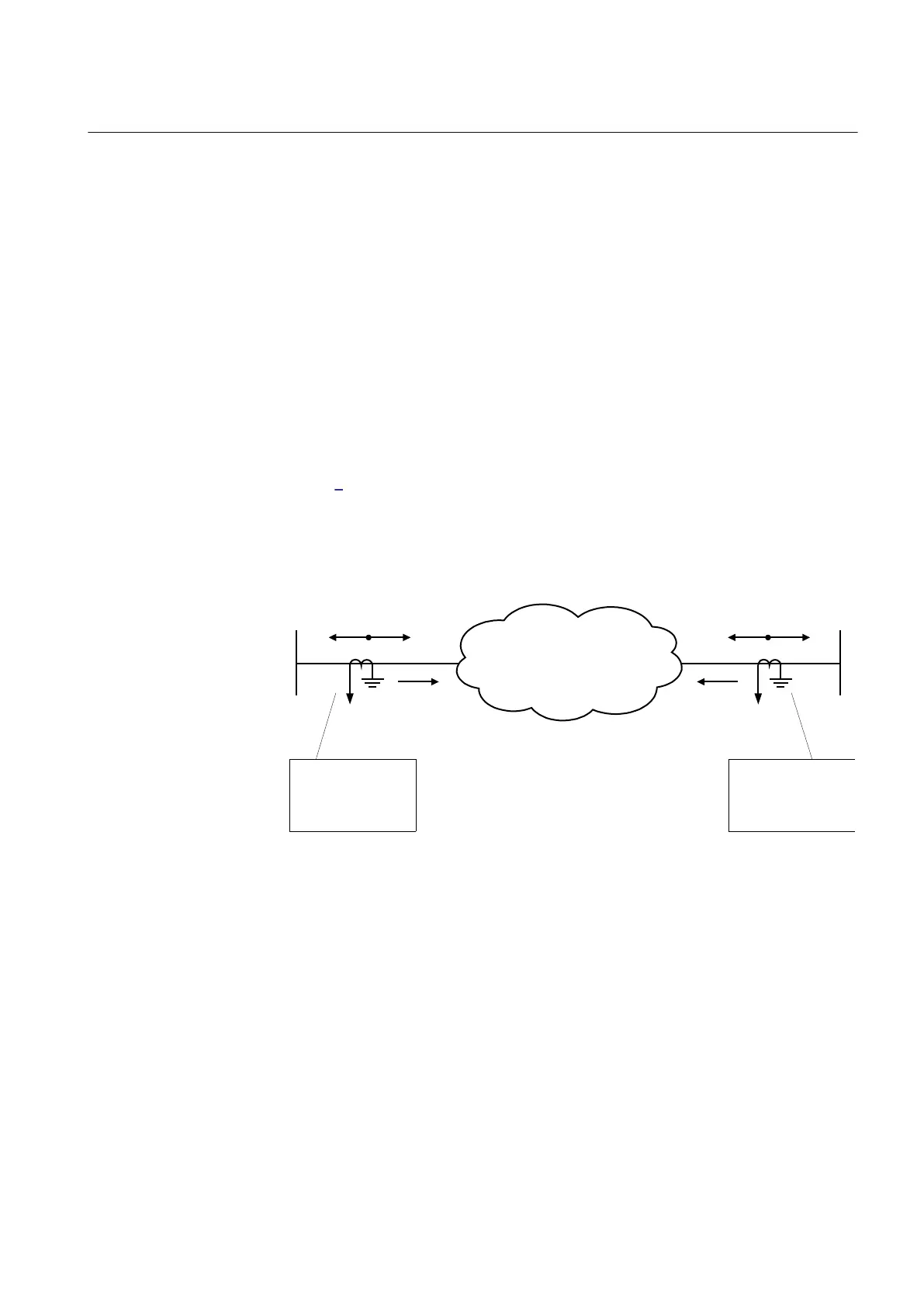